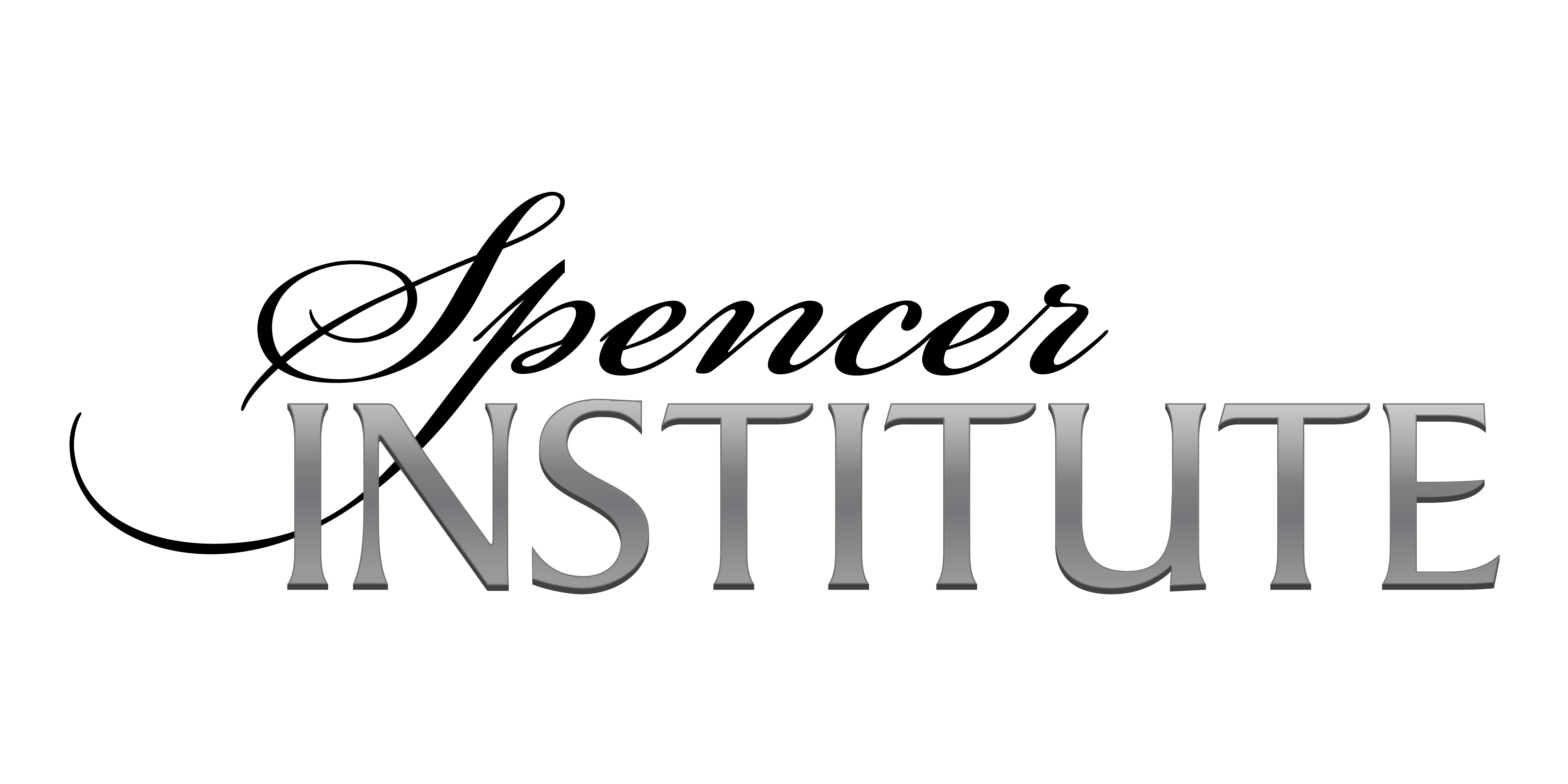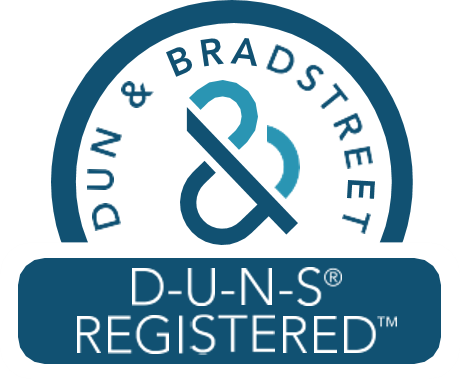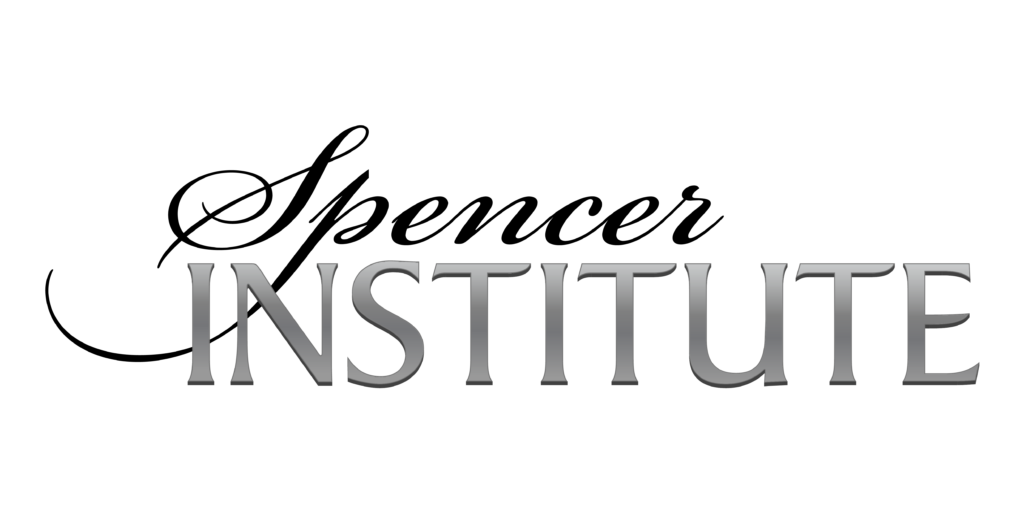Eye-Accessing Cues
One of the key ways to understand the sequence of how someone is thinking is by watching where a person glances when they are thinking or responding.
As you will see by the following chart: when we think in pictures our eyes will be above the eye line or straight ahead and defocused; the eyes will be moving side to side and ear level for processing in words and sounds; and when our eyes are looking down we are processing in our emotions and feelings.
Coaching Exercise for Eye Accessing Calibration:
1. Watch at least three talk shows on TV and watch where the host and guests move their eyes, both while they are sending and receiving information. Record what you notice.
2. In conversations, begin to notice where people move their eyes when they are talking, responding, and listening.
3. Find three people and ask them if they would assist your learning by answering a few easy questions. Watch where they move their eyes as you ask the following questions. Then record it as part of your resource information. Before you begin, number a sheet from 1 to 5. Look at your partner as you ask the question, otherwise you might miss the rapidity of the access, then mark arrows on your paper in the direction that your partner’s eyes move. Remember, looking up above their eye line will be more visual, ear level is auditory and below is more feelings or kinesthetic. You might notice a rapid sequence of eye movements in response to the questions
- “What is your favorite color?” Wait for response. “What shade?”
- “What is the shape of the Yield highway sign?”
- “How many doors are there in your house or apartment?”
- “What was the name of one of your Elementary School teachers?”
- “Do you know who’s face is on a $50 bill?”
As you notice where your partner accesses for the information, it will indicate the strategy of how they are thinking. Then, if you were to send a message, you would be able to deliver it in their preferred system and sequence of thinking, creating more chance for your message to be received accurately.
The easiest way to elicit a person’s style of thinking is to calibrate for the person’s visual memory access. All of the questions above were intended to elicit a visual memory response. You may notice a sequence of similar marks on your paper – this will let you know where their visual memory access is – most likely slightly up and to their left (see the Eye Accessing Chart.)

There are some people who happen to be organized opposite of the chart – their visual memory will be up and to their right – which is reversed. Once you discover visual memory is reversed, all of the other points of access will follow, the auditory memory and self talk will also be on the right. There is no difference in intelligence or effectiveness of thinking for people who are reversed.
It’s important to become comfortable in eliciting how others are accessing information. This will allow you to know how to best deliver instructions or suggestions and to understand how a person may be processing out of the norm, which could be a clue to how they are being “stuck.”
We each will have our systems or modalities of preference. However, our goal is to create more balance so we will refrain from putting a label on someone such as, “Oh, you’re a visual and she’s a kinesthetic, etc.” We have all modalities available to us internally, it is just a matter of awareness and becoming more balanced.
The goal in calibrating (noticing) is to gather information and be able to notice when a person is using an ineffective access. For instance, if a question requires some creative imagination (normally up and to the person’s right) and instead the person looks down and to their left – we might make a guess that they are being overly self-critical in their internal dialogue. As a coach or guide, this would be a good place to begin an intervention to create change, simply by asking your client to use the appropriate accessing for the task at hand.
Other stuck patterns are when the person looks down the to their right (internal feelings) when asked a question which requires historical data or linear facts. This is a typical pattern for some children and adults with memory difficulties. Here you would direct their accessing up and to their left for visual recall.
Ideas for additional practice in becoming automatically competent in calibrating eye accessing: Create a data bank of questions that call for visual memory that you can easily slip into any conversation. These simple questions will allow you to calibrate how a person is organized when it is important for you to have that information.
Getting Started
This article was written by Al Sargent and Marilyn Sargent of Success Design International. They are the authors of the Spencer Institute’s Life Strategies Coach Certification and the Results Coach Certification.
If you found this article helpful, you will want to click over it and get more information on how to use this in a coaching setting. For more information on Al and Marilyn, visit www.repoweryourlife.com











